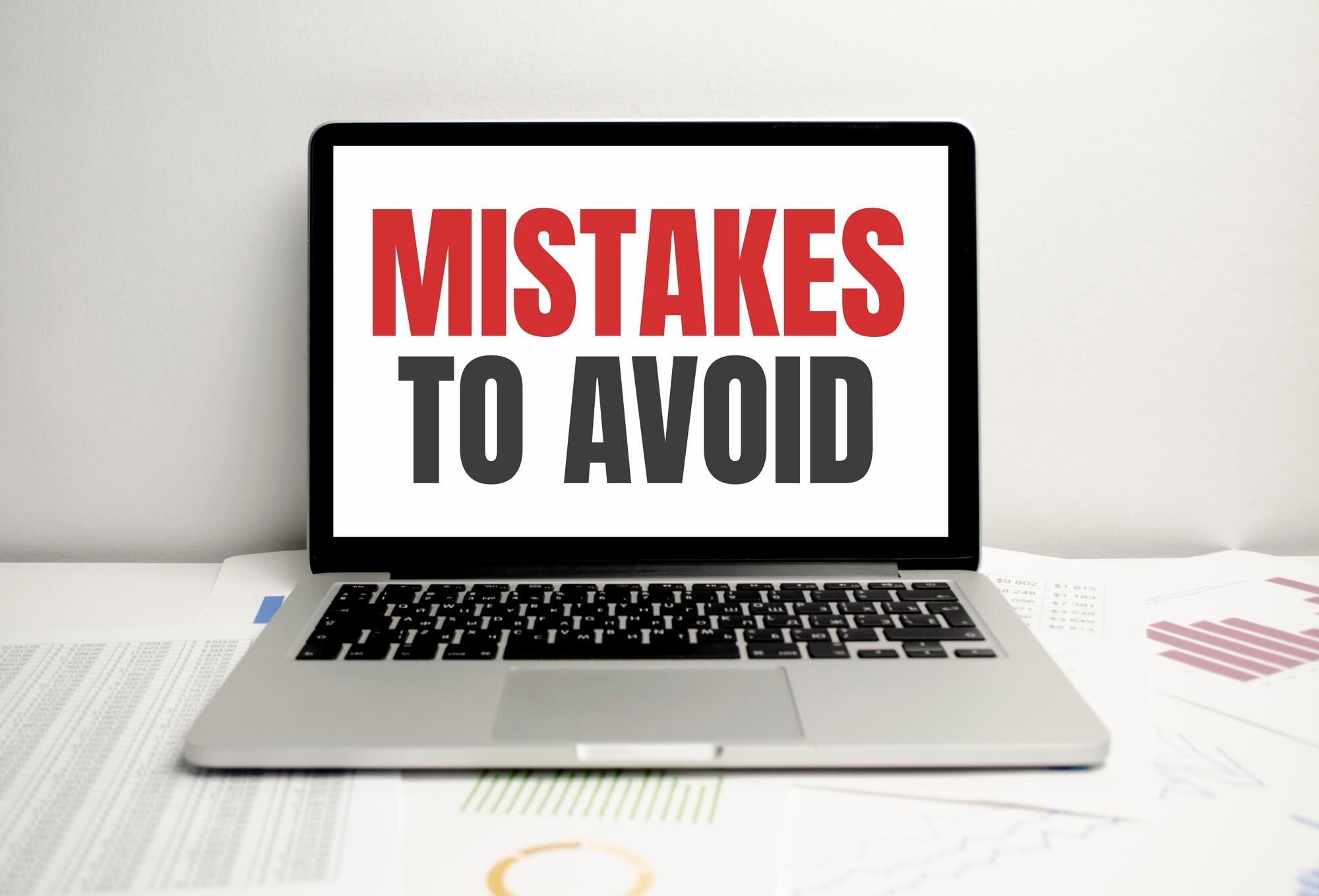Estimated reading time: 9 minutes
Key Takeaways
- Content marketing is a strategic approach centred on creating and sharing valuable, relevant material to attract and engage a clearly defined audience, ultimately driving profitable customer action.
- Many teams fail to secure the results they want due to common content marketing mistakes that weaken effectiveness and shrink return on investment.
- The quality and relevance of content decides whether your audience engages with your work or scrolls past it.
- A robust, data-driven content strategy forms the foundation of successful content marketing.
- This guide sets out twelve critical content marketing mistakes to avoid, together with practical fixes that will lift your strategy and your returns.
Table of contents
Introduction
Content marketing is a strategic approach centred on creating and sharing valuable, relevant material to attract and engage a clearly defined audience, ultimately driving profitable customer action. Across the digital landscape, it sits at the core of brand awareness, lead generation, and customer retention work for organisations of every size.
Many teams fail to secure the results they want from their content efforts. This is often due to common content marketing mistakes that weaken effectiveness and shrink return on investment. Spotting and avoiding these pitfalls is essential when building a sound content plan.
The quality and relevance of content decides whether your audience engages with your work or scrolls past it. From planning errors to content quality issues, understanding the usual missteps helps you refine your approach and raise impact.
This guide sets out twelve critical content marketing mistakes to avoid, together with practical fixes that will lift your strategy and your returns.
1. Content Strategy Errors
A robust, data-driven content strategy forms the foundation of successful content marketing. Without this framework, even well-written content may fail to deliver meaningful results.
Typical errors include:
- Jumping into production without clear goals
- Skipping competitive analysis that reveals gaps and opportunities
- Ignoring real customer needs and pain points
- Creating content in isolation from broader business objectives
These missteps waste resources, blur messaging, and produce poor returns.
How to fix them:
- Use analytics to choose topics, formats, and channels
- Benchmark competitors to find ways to stand out
- Set measurable KPIs early to prove value
- Align content with both audience needs and business goals
- Document the plan so every team member follows the same roadmap
A clear content strategy keeps each asset on purpose and tied to wider marketing goals.
2. Audience Targeting Mistakes
Knowing your audience in depth is essential for material that resonates and drives action. Many audience targeting mistakes stem from surface-level knowledge of whom you aim to reach.
Common pitfalls:
- Relying on demographics alone without understanding motivations
- Targeting segments that are too broad
- Ignoring information needs at each stage of the purchase path
- Making assumptions without checking data
The result is low engagement and weak conversions.
To sharpen targeting:
- Carry out qualitative research and analyse quantitative data
- Gather insight from sales and product teams
- Segment by behaviour, need, and pain point
- Test topics with small samples before wide release
- Keep collecting feedback to refine your view of audience preferences
When you understand exactly who you write for, messages land and results improve.
3. Buyer Persona Errors
Buyer personas are semi-fictional profiles built on real data that describe customer demographics, behaviours, motivations, and pain points. They guide content by showing whom you want to reach.
Frequent errors:
- Building shallow personas that lack detail
- Guessing instead of using verified data
- Letting personas go stale as markets shift
- Creating too many personas, which spreads focus too thinly
- Ignoring personas in day-to-day planning
Fixes:
- Base personas on interviews, analytics, and purchase records
- Add psychographic details such as goals and objections
- Limit the initial set to two or three main personas
- Update personas as fresh insight arrives
- Share personas across departments to keep everyone aligned
Sound personas act like a compass, keeping all content focused on real customer needs.
4. Keyword Research Mistakes
Thorough keyword research is vital for discoverability. Without it, first-rate content may stay hidden.
Typical mistakes:
- Chasing only high-volume terms while ignoring intent
- Overlooking long-tail phrases that often convert better
- Using outdated tools for analysis
- Stuffing keywords awkwardly into copy
- Ignoring keyword difficulty relative to your domain authority
- Treating keywords in isolation rather than within topic groups
Improvements:
- Use specialist platforms such as Moz, Semrush, or Ahrefs
- Balance volume with intent for relevance
- Add long-tail phrases that fit specific queries
- Study competitor strategies for gaps
- Build content around related topic groups
- Focus on semantic relevance, not exact matches
Balanced keyword research improves ranking and draws visitors with genuine interest.
5. SEO Mistakes in Content
Search optimisation is crucial for visibility, yet many marketers still commit errors that limit performance.
Common issues:
- Keyword stuffing that harms readability and invites penalties
- Neglecting meta descriptions and title tags
- Weak internal linking that fails to spread authority
- Ignoring mobile performance despite rising mobile traffic
- Publishing thin content lacking depth
- Overlooking technical factors such as site speed and structured data
Solutions:
- Use keywords naturally so text flows
- Write concise meta descriptions and compelling titles
- Link related pages in a logical structure
- Ensure every page is responsive and fast on mobile
- Produce thorough content that meets search intent
- Check page speed, schema markup, and alternative text
Effective optimisation balances algorithm signals with real value for readers.
6. Content Quality Issues
High-quality content is accurate, engaging, actionable, and polished. When marketers cut corners, they introduce faults that weaken their work.
Frequent problems:
- Grammar and spelling errors that drain credibility
- Superficial coverage offering little insight
- Poor structure that slows reading
- No original research or unique angle
- Inconsistent brand voice across channels
- Wrong or outdated facts eroding trust
Raise quality by:
- Running a strict editorial process with multiple proof-reads
- Outlining articles for logical flow before drafting
- Adding fresh data, expert quotes, or case studies
- Maintaining a style guide for a consistent tone
- Fact-checking every statement and citing sources
Quality signals expertise and builds authority, turning readers into loyal customers.
7. Content Promotion Shortcomings
Creating quality content means little if nobody sees it. Teams often focus on production while neglecting promotion.
Key pitfalls:
- Relying only on organic reach
- Sharing content once then moving on
- Ignoring platforms where target readers spend time
- Failing to tailor messages for each channel
Fixes:
- Allocate budget for paid social, native ads, and syndication
- Build promotion schedules that resurface evergreen pieces
- Match distribution platforms to audience habits
- Adapt headlines and visuals to suit each network
Strategic promotion puts your work in front of the right eyes.
8. Channel-Content Mismatch
Not every piece suits every outlet. A how-to guide that thrives on a blog might fail on Instagram.
Mistakes to avoid:
- Posting identical content across all platforms
- Ignoring each channel’s format and context
- Overlooking community norms
Remedies:
- Audit channels to learn preferred formats and user expectations
- Repurpose content so it fits each medium, such as turning a blog post into a slide deck
- Monitor performance and refine the mix
Aligning content with channel strengths lifts engagement.
9. Weak Performance Measurement
Without clear metrics, you cannot prove content value or improve it.
Common errors:
- Tracking vanity metrics only
- Failing to link metrics to business goals
- Collecting data without acting on it
Better practice:
- Choose KPIs tied to revenue, lead quality, or loyalty
- Set benchmarks and review progress often
- Use insights to adjust topics, formats, and distribution quickly
Data-driven optimisation turns content from a cost centre into a revenue driver.
10. Missing Repurposing Opportunities
One strong idea can fuel multiple assets, yet many teams leave it at one post.
Issues:
- Treating each asset as a standalone task
- Overlooking formats that suit different learning styles
- Wasting evergreen material that could be updated
Approach:
- Map core ideas that can spin into videos, infographics, podcasts, and webinars
- Refresh high-performing evergreen pieces with new data
- Schedule updates in the editorial calendar
Repurposing stretches budget and reaches wider segments without starting from scratch.
11. Neglecting Visual Elements
Readers process visuals faster than text, yet some marketers rely on copy alone.
Mistakes:
- Using generic stock images that add no meaning
- Crowding pages with text blocks
- Skipping data visualisation
Remedies:
- Commission custom graphics that reinforce key points
- Break text with headers, bullets, and white space
- Turn complex data into charts for quick comprehension
Strong visuals raise retention and shareability.
12. Inconsistent Publishing Cadence
Irregular posting confuses audiences and search algorithms alike.
Typical errors:
- Publishing in bursts then falling silent
- Setting unrealistic schedules and missing them
- Failing to align cadence with resource capacity
Fix this by:
- Creating an editorial calendar with realistic deadlines
- Automating scheduling where possible
- Reviewing workload and reallocating tasks to maintain rhythm
Consistent output builds reader trust and sustains momentum.
Conclusion
Avoiding these twelve mistakes protects your investment and sharpens the impact of every piece of content. Audit your process, locate weak spots, and apply the fixes above. With clear strategy, precise targeting, rigorous quality control, and disciplined promotion, content marketing can become a predictable driver of growth.
FAQs
What is content marketing?
Content marketing is a strategic approach centred on creating and sharing valuable, relevant material to attract and engage a clearly defined audience, ultimately driving profitable customer action.
Why do many teams fail to secure the results they want from their content efforts?
Many teams fail to secure the results they want from their content efforts. This is often due to common content marketing mistakes that weaken effectiveness and shrink return on investment. Spotting and avoiding these pitfalls is essential when building a sound content plan.
What decides whether your audience engages with your work?
The quality and relevance of content decides whether your audience engages with your work or scrolls past it.
What does this guide set out to do?
This guide sets out twelve critical content marketing mistakes to avoid, together with practical fixes that will lift your strategy and your returns.
Why is a content strategy important?
A robust, data-driven content strategy forms the foundation of successful content marketing. Without this framework, even well-written content may fail to deliver meaningful results.
How should effective optimisation balance performance?
Effective optimisation balances algorithm signals with real value for readers.







